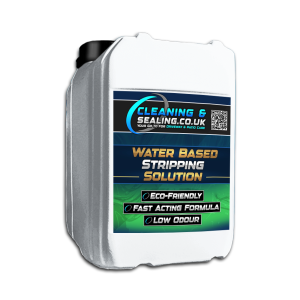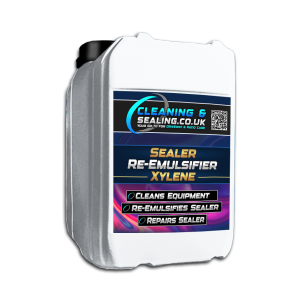Failed Sealer - Marble
How to Remove Failed or Incorrect Sealer from Marble Surfaces
Removing a failed or unsuitable sealer from marble takes care, time, and the right product to avoid surface damage. Marble is a polished, calcium-based natural stone that reacts badly to strong chemicals and aggressive cleaning methods. If you’re unsure or don’t have the proper tools, ask a professional with experience in marble care to handle the job.
Sealing marble protects it from moisture, stains, and wear while keeping its elegant look—especially outdoors. But using the wrong sealer or applying it in poor conditions can cause flaking, cloudiness, streaks, or patchy discolouration. These issues not only spoil the appearance but can also make the marble surface weaker and harder to clean.
The good news? You can fix it by using a proper cleaner and applying a new, suitable sealer the right way.
Why Do Sealers Fail on Marble?
Marble has a smooth, low-porosity surface that many sealers struggle to bond with.
Common causes of sealer failure include:
- Wrong sealer type – Film-forming or glossy sealers don’t absorb well and may peel, smear, or react badly.
- Bad weather conditions – Sealing in damp, cold, or humid weather can trap moisture and cause a cloudy finish.
- Too much sealer – Applying too much at once or using too many coats can leave sticky or uneven patches.
- Dirty surface – Dust, grease, or leftover cleaner can stop the sealer from sticking evenly to the marble.
How to Remove a Failed Sealer from Marble
Before you reapply anything, you must fully remove the old sealer to avoid further problems.
Use a Specialist Marble Sealer Remover
Never use general strippers or harsh cleaners—they can dull or etch marble permanently. Instead, choose a marble-safe remover that:
✔ Breaks down failed sealers without damaging the polished surface.
✔ Lifts stains, flakes, and residue gently and effectively.
✔ Leaves a clean surface with no sticky or cloudy layer behind.
After Removal: Prepare the Marble for Resealing
Once you’ve removed the failed sealer, follow these simple steps to get the best results from the resealing process:
✅ Let the marble dry completely—this helps the new sealer bond properly.
✅ Choose a sealer made for marble—it should soak in, not sit on top.
✅ Apply when the weather is mild and dry—avoid humidity, rain, or strong sunlight.
✅ Use thin, even coats—too much product can cause more streaks or patchiness.
Why a Specialist Product Is Important
Marble can react badly to strong cleaners and unsuitable sealers.
Using the wrong product can:
❌ Etch or dull the surface, ruining the shine and texture.
❌ Leave behind residue that blocks future sealer from working properly.
❌ Cause uneven colour or marks, especially on light-coloured marble.
A proper marble-safe remover gives you:
✔ Safe removal without damaging the stone’s finish.
✔ Clean results ready for fresh sealing.
✔ Easy application, even on polished marble surfaces.
Sealer failure on marble is frustrating, but you can fix it without damage using the right tools and methods. Use a product made for marble and reseal carefully to restore your surface and protect it for years.
For delicate or large areas, consider hiring a professional with experience in marble care to ensure perfect results.
Showing all 2 results
-

Stripping Solution
£73.99 Add to basket -

Xylene Solvent
Price range: £29.99 through £113.99 Select options This product has multiple variants. The options may be chosen on the product page
